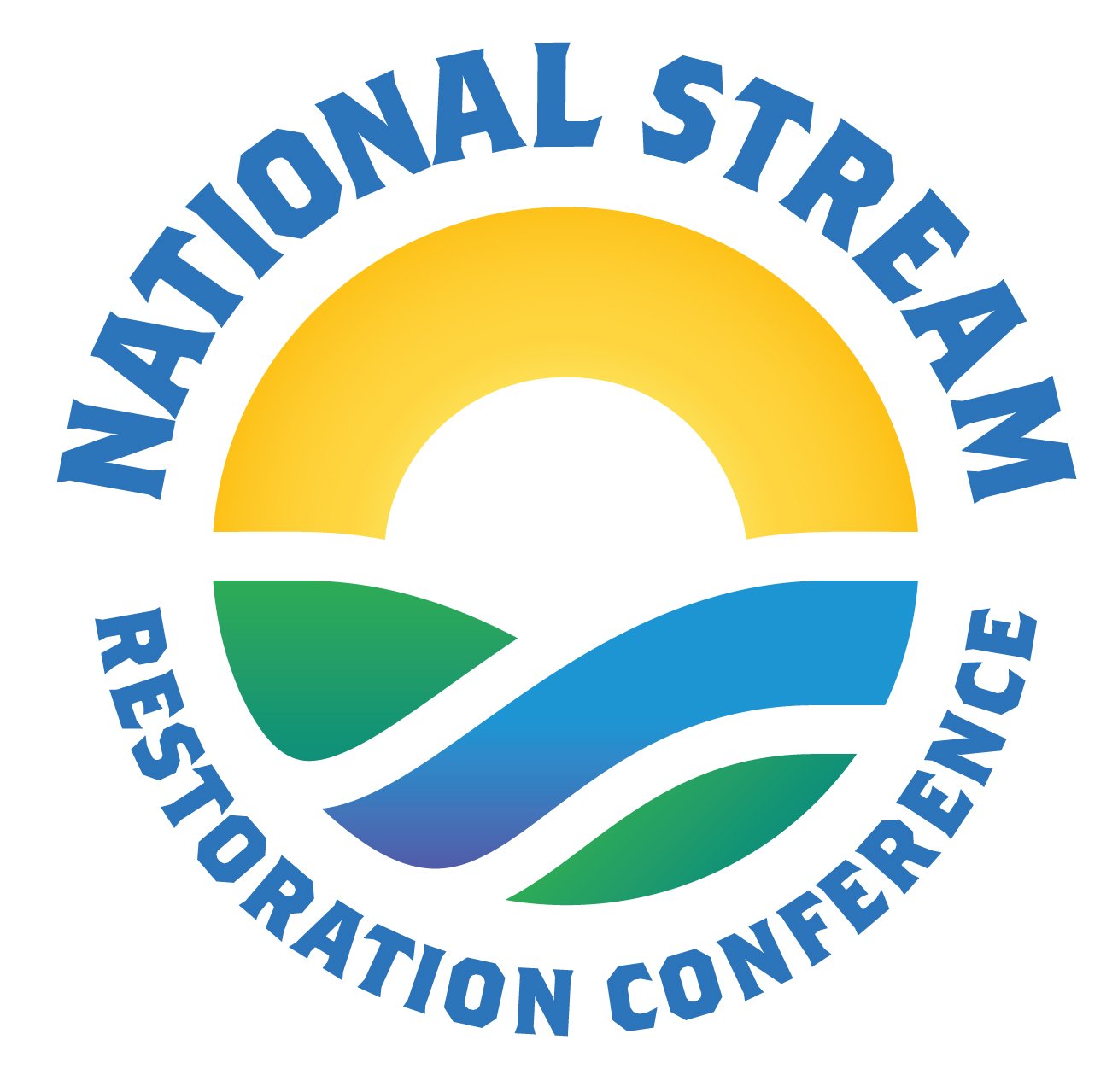Performance Monitoring Development for Dynamic Stream Restoration Strategies - Virginia and Pennsylvania
Bree Stephens
RES
Richmond, VA
Several case studies from Virginia and Pennsylvania will be presented on alternative performance standards for dynamic stream restoration designs, including impoundment removal, woody debris structures (i.e., beaver dam analogs, large woody debris jams), and floodplain restoration. The performance standards and monitoring protocols typically used for Clean Water Act 404 mitigation projects in Virginia and Pennsylvania are based on single-thread channel stability and static geomorphic ratios. These metrics are inappropriate for more dynamic stream restoration designs that may include multiple threads, stream channel formation, and impermanent woody structures. The framework developed in EPA’s “Expanding Monitoring and Performance to Dynamic Alluvial Valleys” was used to present new performance standards with acceptable alternative endpoints, highlighting that there are multiple different outcomes that would be considered a success but also defined unacceptable endpoints that would require adaptive management. The proposed performance standards address uplift using key stream processes, including extensive lateral and vertical connectivity, creation and maintenance of diverse habitats, retention of materials, and abundant biological communities. Monitoring protocols include new technologies like drone aerial imagery, data loggers, and hydraulic modeling to provide a holistic view of project performance. This presentation will discuss the developed performance standards and monitoring proposed for each restoration type and the regulatory coordination involved to reach an agreement on the appropriate criteria for these dynamic systems.
About Bree Stephens
Coming SoonBree Stephens has over 12 years of stream restoration design and fisheries biology experience and has been with RES for 7 years. She received a BS in Environmental Science from the University of North Carolina at Asheville, then went on to get her MS in Environmental Studies at the Virginia Commonwealth University, focusing on fisheries biology. While with RES, she has led the design and field work for a number of stream restoration projects where she incorporated her knowledge of aquatic biology into her designs. She has brought in her fisheries biology experience to build a biological monitoring program for RES’s stream restoration projects within the Mid-Atlantic, hoping to expand our understanding of the impacts of stream restoration to aquatic biology and how to best design for the creatures that live in our streams.

